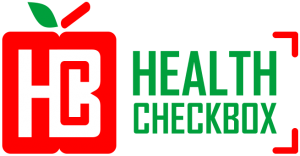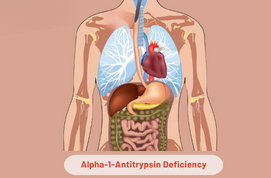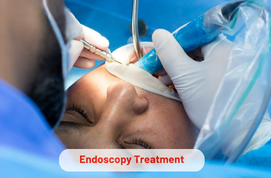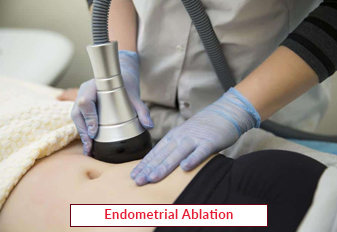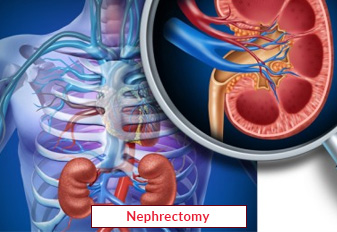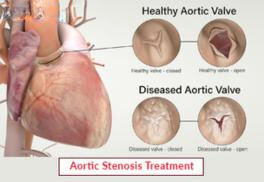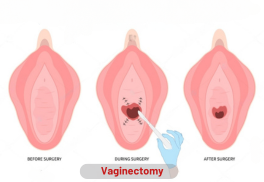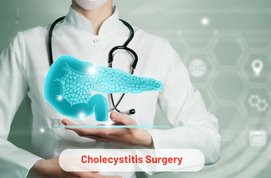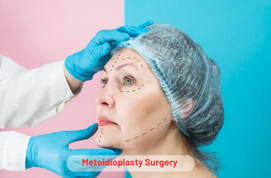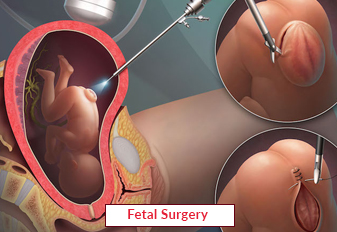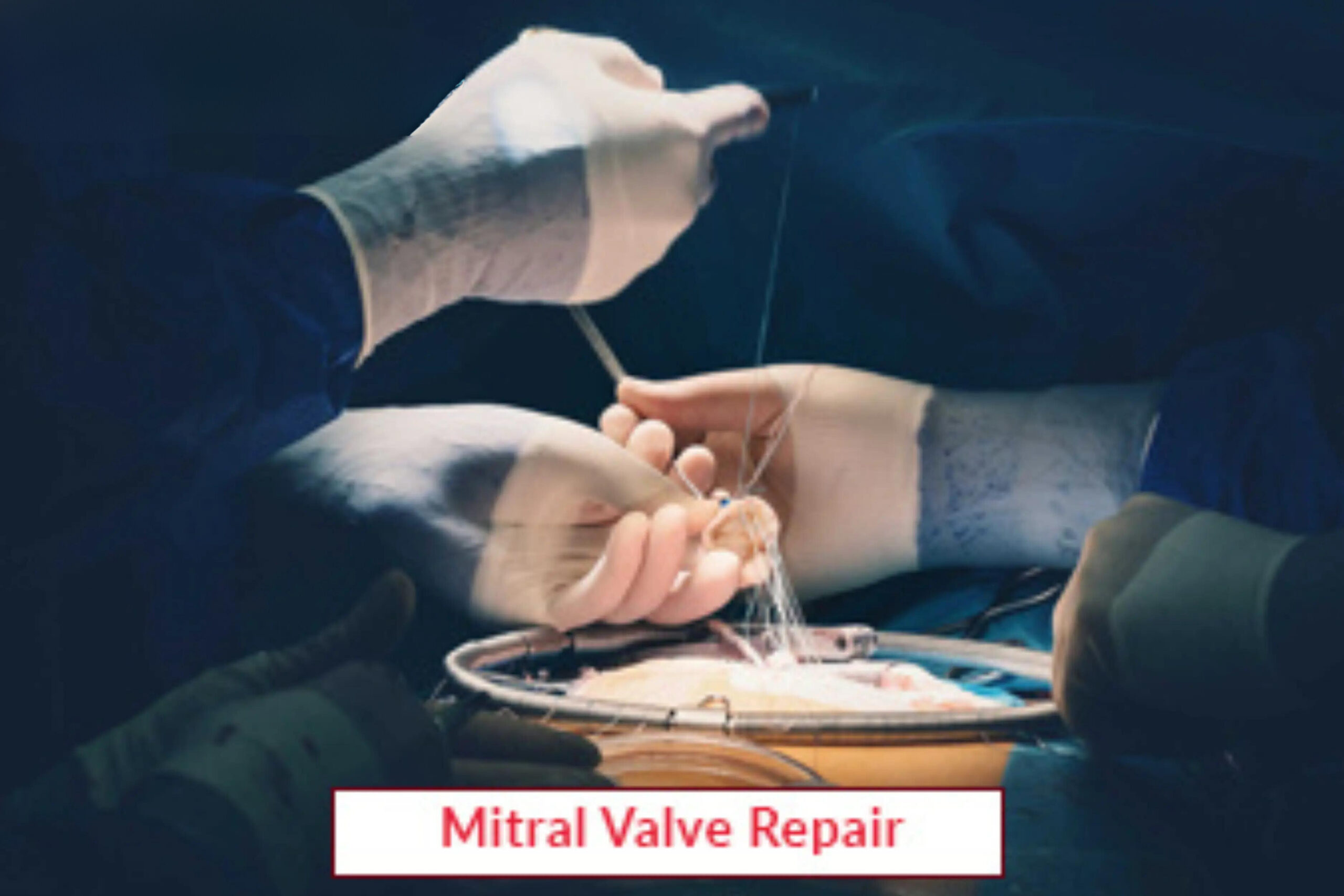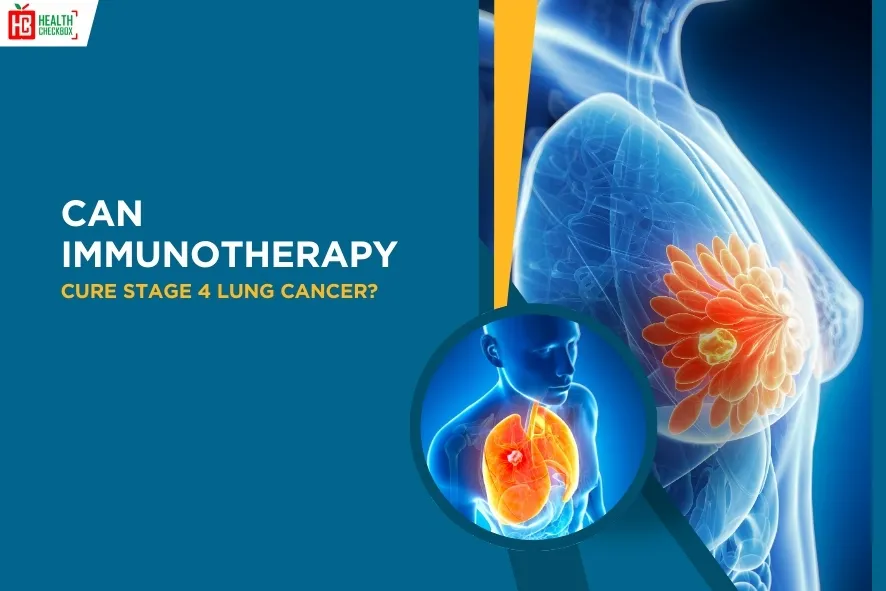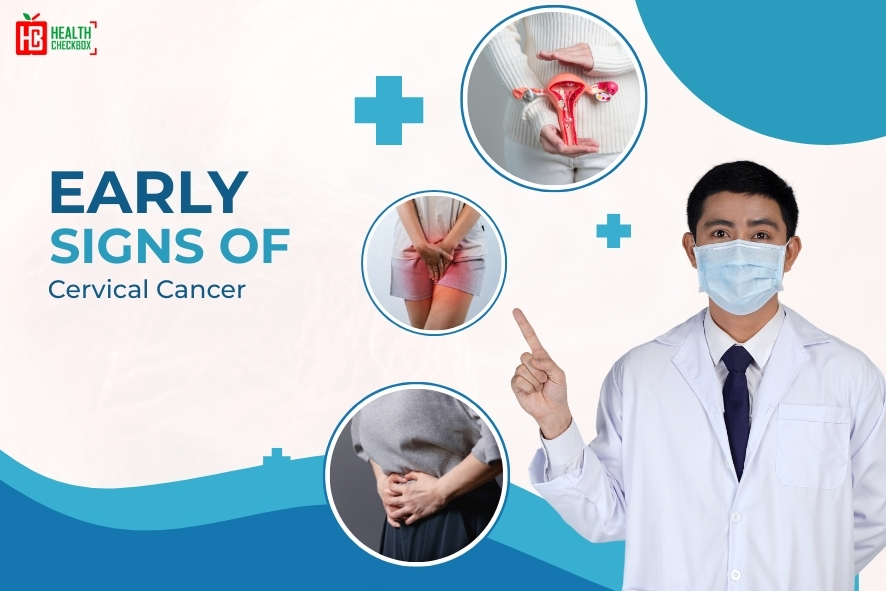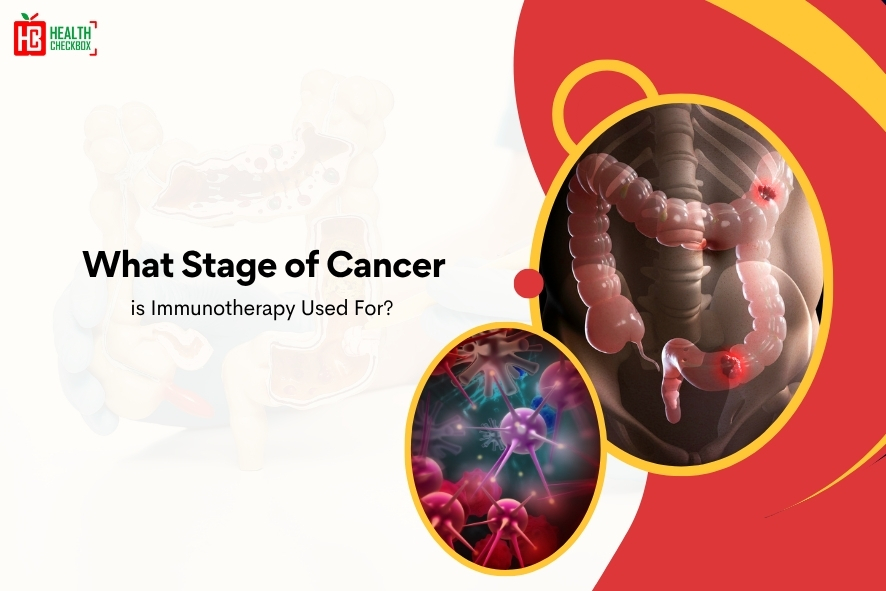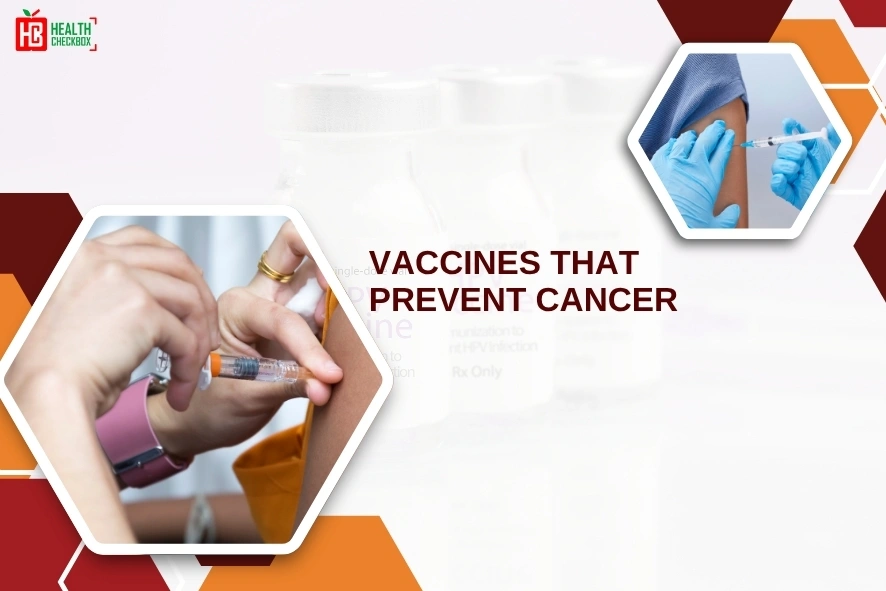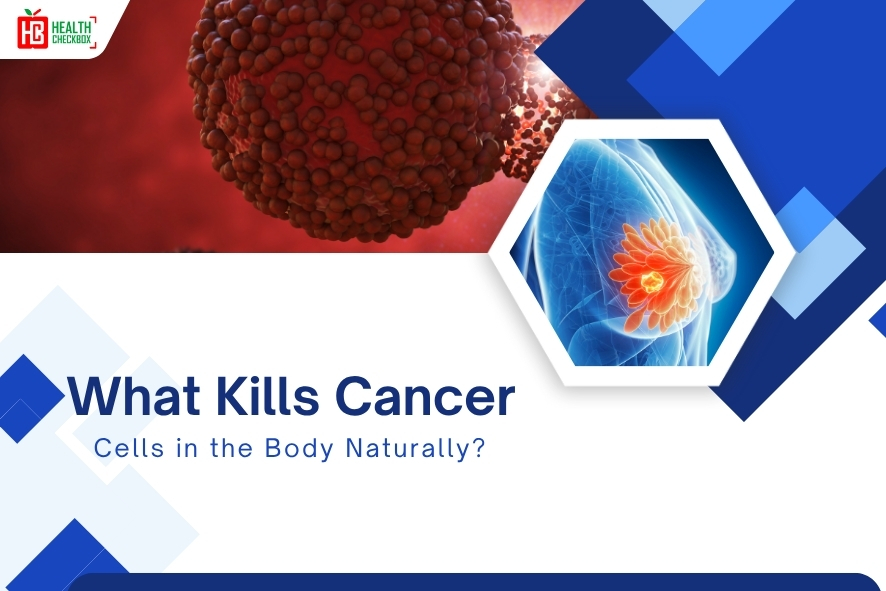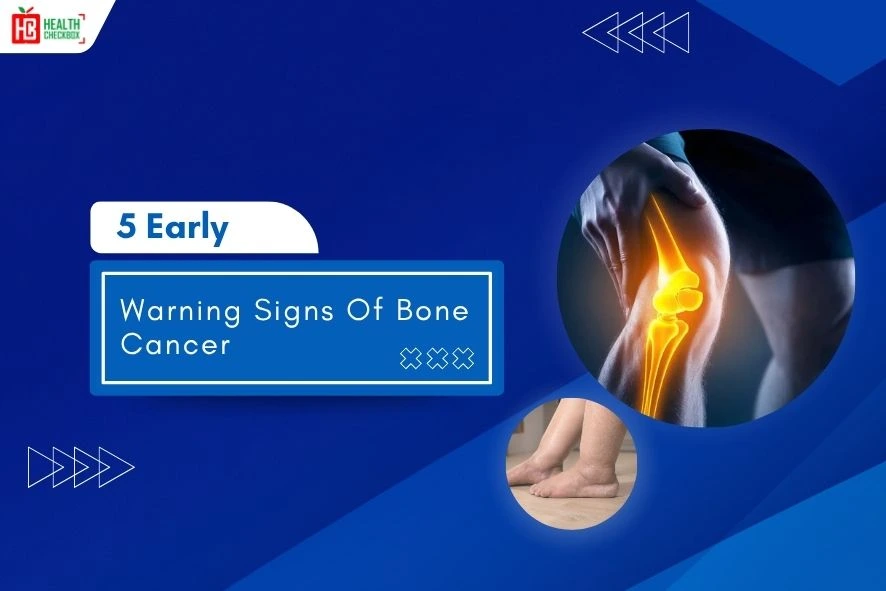Alpha-1-Antitrypsin (AAT) is a type of protein that originates in the liver organ of the body. It is a significant protein for the body, and its another name is Emphysema. The function of this protein is to provide protection to lungs and liver so they can fight with various types of harmful toxins. The protein is mainly produced in the liver and then enters in the bloodstream and guards our body to fight with inflammation and infection. The production of AAT is very important for our body. When the amount of this protein is lower in the bloodstream, then it leads to alpha-1-antitrypsin deficiency health concerns.
This condition can lead to other health complications, including liver and lungs related problems. Hence, doctors recommended it for the management of chronic obstructive pulmonary disease treatment and prevention from other health complications in individuals. It is an inherited disorder or condition, which can cause damage to lungs and liver as well in rare cases. Its symptoms generally occur between 20 and 50 years of age. This problem mainly develops from smoking, air pollution, etc. It leads to death in patients because less oxygen is transferred into the bloodstream.
AAT (Alpha-1 Antitrypsin) Symptoms
The symptoms of this health problem are as follows:
- Wheezing
- Weight loss
- Liver failure
- Swelling in legs and abdomen
- Fatigue
- Chest pain
- Chronic cough with phlegm
- Vision problems
- Shortness of breath
- Frequent chest colds
- Skin redness or itching
- Yellow eyes or skin
Diagnosis for Alpha-1 Antitrypsin Deficiency Treatment
Below are the following tests to diagnose this genetic condition. These are as follows:
- Blood Test: The blood sample will be taken for the measurement of AAT levels. It also identifies the function of a liver in individuals.
- Pulmonary Function Test: This procedure generally requires a machine for the measurement of a lung function.
- Biopsy: A small sample of tissue is taken to determine the liver damage in patients.
- Imaging: A surgeon performs CT scan and X-rays to check the signs of infection in the lungs. These tests also identify the location of the damage and its severity.
- Liver Ultrasound or Elastography: This procedure is recommended for any scarring or issues in the liver.
Treatment Option For the Alpha-1 Antitrypsin Disease
The treatment approaches of this inherited condition are as follows:
- Augmentation Therapy: In this surgery, an IV catheter is required to perform this procedure. This device is directly attached with a vein to increase AAT levels in patients. It is recommended for lung disease, but not applicable for liver disease.
- Pulmonary Rehabilitation: A healthcare provider recommends this treatment approach for lung disease only. It is a program that is beneficial for patients suffering from chronic lung infections.
- Oxygen Therapy: The extra oxygen is provided into the bloodstream, which helps the patients to breathe. This surgery can be performed through a mask or nose tube. It is recommended for cystic fibrosis, pneumonia, etc.
- Lung Transplant: This surgery is recommended if a patient’s lungs are damaged severely. It is performed in the following steps:
- A surgeon creates an incision in the chest at any location and disconnects the damaged lung from the heart and airway.
- A donor lung is inserted at a place where the damaged lung is removed.
- The blood vessels and airways are connected with the donor lung.
- A surgeon closes the incision through surgical staples or stitches.
- The tubes are attached with the chest to remove the blood, fluid, and air.
- The lungs are slowly re-inflated by a surgeon.
- Liver Transplant: This surgery can be performed in the following steps:
- An incision is made in the upper abdomen, and the damaged liver will be removed from this place.
- After that, a new and healthy liver is attached to the abdomen.
- The blood vessels and bile ducts are attached with a donor liver.
- The incisions are closed with surgical staples or stitches.
- A surgeon inserts a drain at the incision site and then applies a sterile bandage.
Prevention Tips
A healthcare professional provides certain instructions to patients. These are as follows:
- Quit Smoking and alcohol consumption.
- Consult with a doctor before taking any medication.
- Use or adapt safety precautions while contacting chemicals or dust.
- Get vaccinated when you suffer from infectious diseases.
Latest Health Tips
Can Immunotherapy Cure Stage 4 Lung Cancer?
Early Signs of Cervical Cancer
Foods that Kill Cancer: Leafy Vegetables, Grains, & More
What Stage of Cancer is Immunotherapy Used For?
Which is Worse for Cancer, Sugar or Alcohol?
Vaccines That Prevent Cancer
What Kills Cancer Cells in the Body Naturally?
5 Early Warning Signs of Bone Cancer
Submit Your Enquiry
Testimonials







